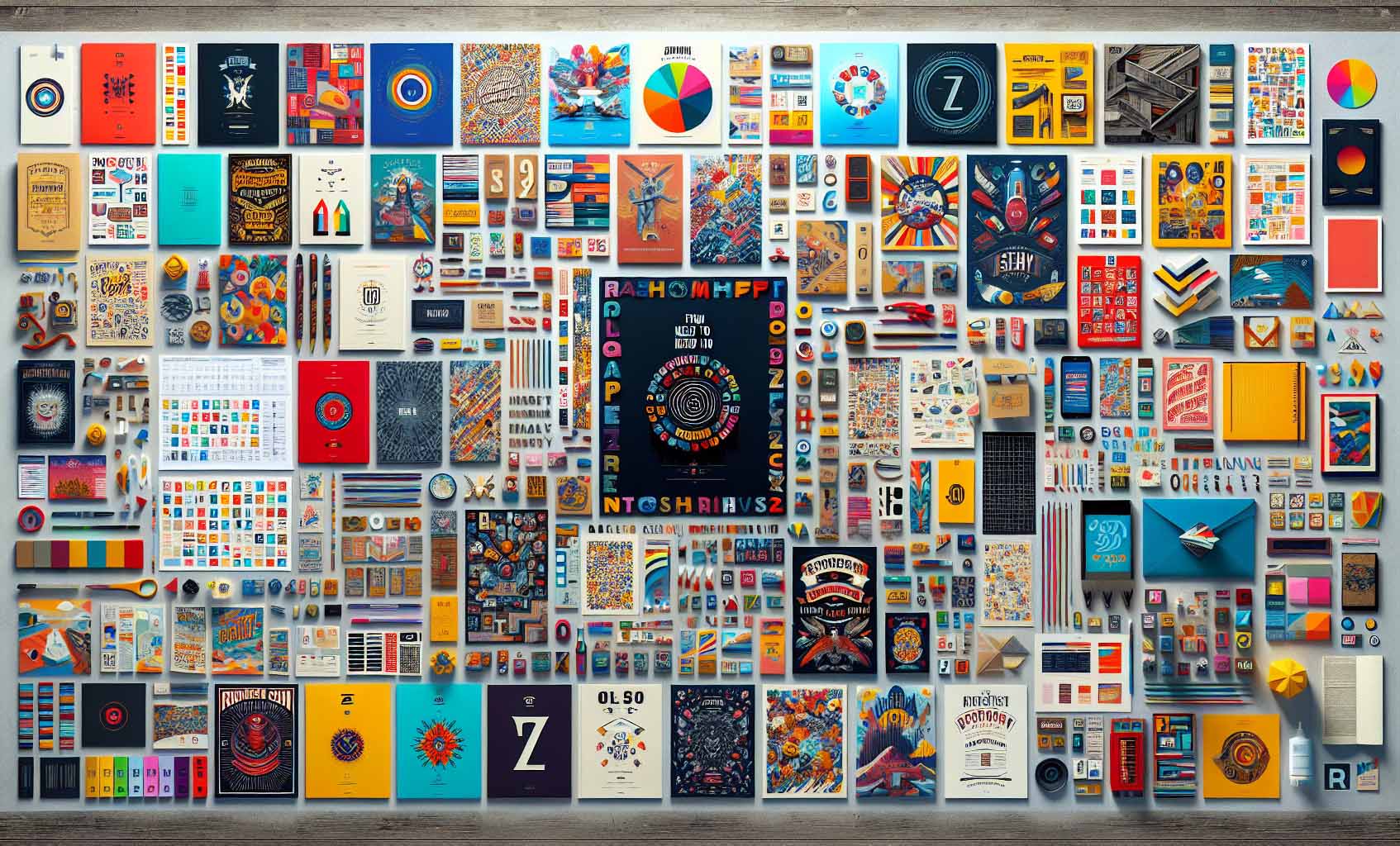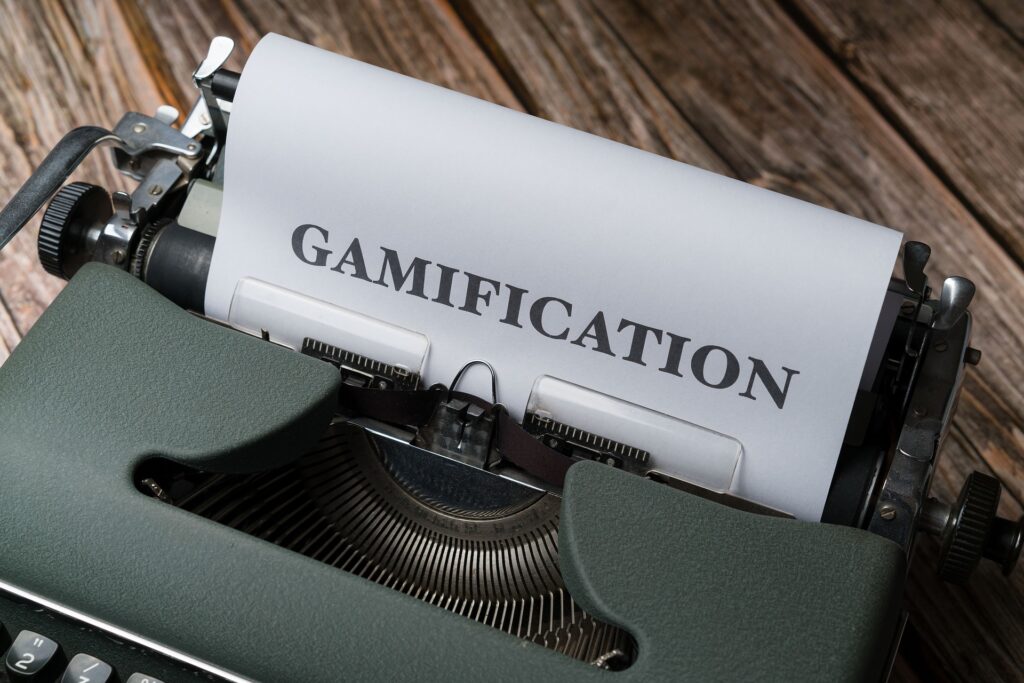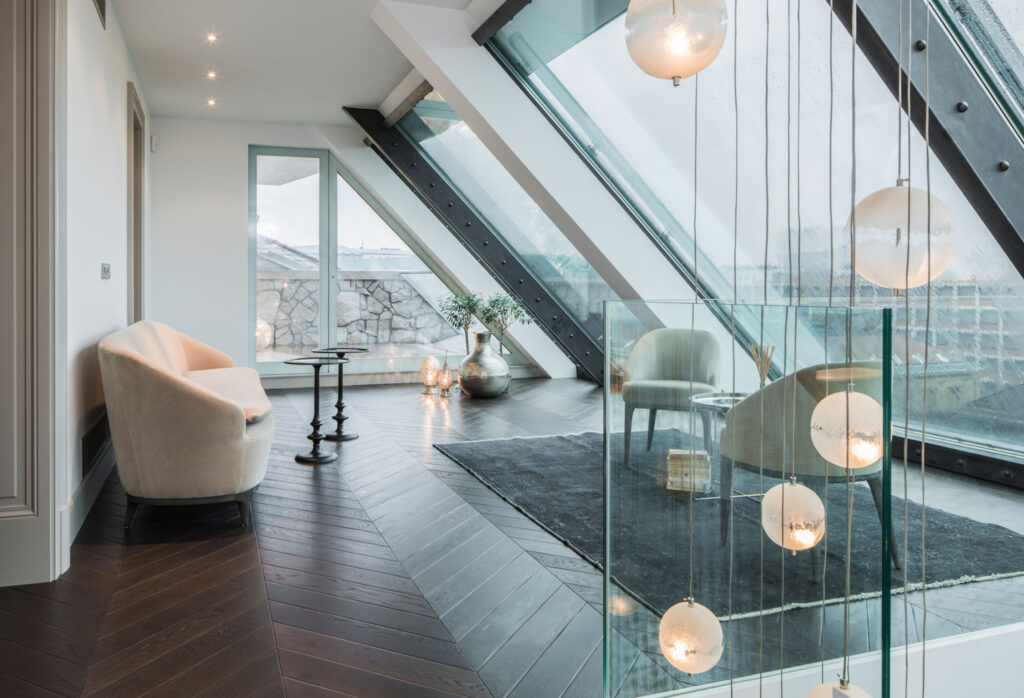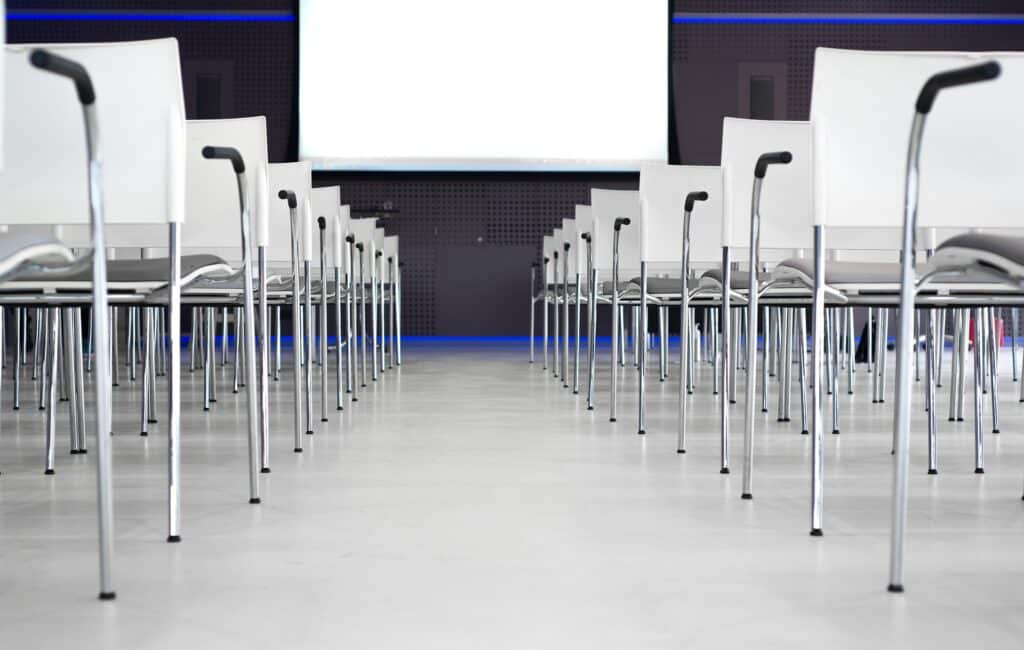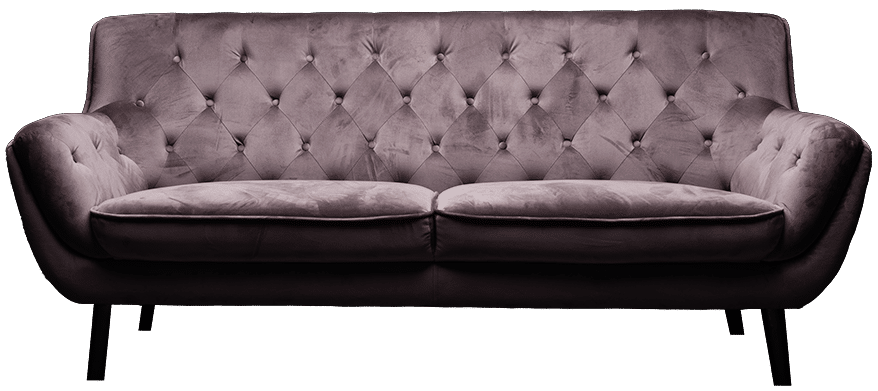The Basic Elements of Print Design
Print design is an art form that requires specific expertise to create effective print products. Before you start designing, you should consider the medium, dimensions, print specifications, and color count of the final product. Adobe InDesign plays a central role in this as it allows you to design a variety of print materials such as flyers, brochures, business cards, and more.
- Creating a New Document:
- Page sizing
- Choosing between a blank document or a professional template
- Specifying bleed for printing to the edge of the paper
- Designing Pages and Content:
- Using the ‘Pages’ panel to add, delete, or rearrange pages
- Setting up margins, columns, and alignment guides
- Creating master pages for recurring elements like page numbers
- Images and Colors:
- Distinguishing between raster and vector images
- Ensuring the correct resolution for printing (typically 300 dpi)
- Using CMYK and Pantone colors for printing
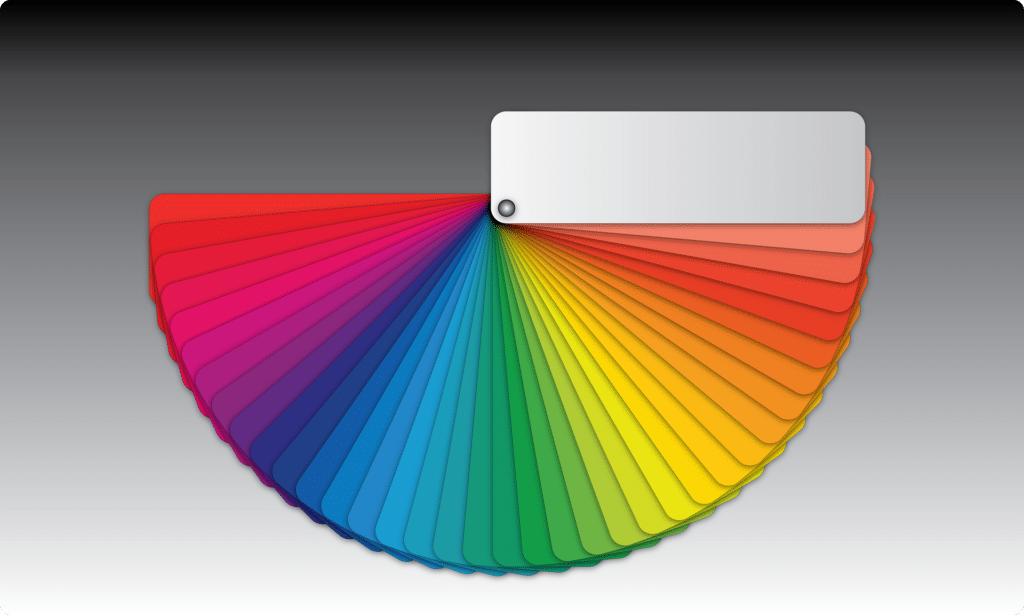
Design elements such as balance, unity and harmony, repetition, contrast, hierarchy, proportion, movement, and white space are essential for a harmonious print design. By adhering to these basic elements and utilizing Adobe InDesign, you can create impressive print materials that effectively convey your message.
Various Applications of Print Design
Print design is a versatile tool that combines both emotion and reason and can be used in various fields such as marketing, branding, and publishing. Here are some key applications:
- Marketing:
- Direct mail campaigns
- Promotional materials
- Event invitations
- Branding:
- Developing a consistent visual identity
- Business stationery
- Signage
- Product packaging
- Publishing:
- Book design
- Magazine layout
- Newspaper layout
Furthermore, print design plays a crucial role in corporate identification through a distinctive logo and consistent visual elements found in communication materials such as business cards, letterheads, and promotional items.
Graphic design significantly influences the visual presentation in print media and contributes to efficient information uptake. Infographics effectively structure information in flyers, brochures, annual reports, and digital media, making print design an indispensable component in effective communication.
The Process of Print Design
At Skruff Design Agency GmbH, the process of print design begins with comprehensive market analysis and ends with the production of high-quality, modern, and tailored print products.
The customer brings a product or service whose benefits should be made tangible to its customers, often through a foldable flyer. Existing ideas and wishes for content can be used directly, while if final content is missing, lorem ipsum text and layout images are used.
In an initial meeting, important questions are clarified:
- Does a corporate design need to be adhered to?
- What is the financial framework?
- What format is desired/suitable?
- Which folding type should be chosen?
- What paper thickness is desired?
- Are refinements such as spot varnish or embossing desired?
Based on the chosen format, a layout grid is created for text setting. The selection of suitable fonts, font sizes, line spacing, and colors for headings and body text is done carefully to highlight important text areas with beautiful frames or colored backgrounds.
After the customer has reviewed a layout file, they can communicate changes, which are implemented and sent in a new layout file. After a maximum of three correction loops, the design is approved by the customer, the final artwork is created, and after a final check, sent to the printing house. Observing the correct format plays a particularly important role in this process.
The Role of Print Design in the Digital Era
In the digital era, print design retains its power as an essential form of visual communication. Its timeless quality, often not achieved by digital formats, leaves a tangible impression through the texture of the paper, print quality, and weight of the material.
Technological advances offer new creative possibilities for print design, such as holographic effects and special surface structures. Integrating print and digital media creates a comprehensive brand experience, enhanced by QR codes, personalized URLs, and augmented reality.
High-quality print materials such as individual brochures or catalogs convey credibility and professionalism and establish a personal connection. Print media can represent a sustainable option, with the use of environmentally friendly materials and techniques underscoring a company’s commitment to sustainability.
- Modern Trends in Print Design:
- Interactive brochures
- Pop-up cubes
- Accordion cards
- Video brochures
- AR-enabled flyers
- Personalization and Tracking:
- Variable data printing technology enables personalized print content for targeted communication.
- QR codes and NFC technology offer precise tracking of print campaigns for ROI assessment and refinement of marketing strategies.
Print media create unique experiences and leave a lasting impression on customers. Their significance in targeted communication remains significant. CEWE offers design ideas and tips for specific print products such as brochures and business cards and emphasizes the importance of design as a tool for businesses.
